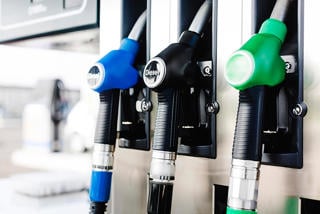A Volkswagen Golf fitted with stop-start technology spent 9% of its time in idle/off mode resulting in a combined fuel saving of 2%, according to on-road tests from Emissions Analytics (EA).
However, the results are a far cry from the official New European Drive Cycle (NEDC) in which the car spent 24% of the time idle and achieved a 5% combined fuel saving, as the table below shows.
|
|
Time in idle/off-mode |
Urban fuel saving |
Combined fuel saving |
|
EA real on-road test |
9% |
5% |
2% |
|
NEDC |
24% |
12% |
5% |
The analysis above only considers one vehicle and it is still based on a test cycle (although it is a real on-road cycle rather than in the lab), but there is other evience similar to the Golf's test results .
EA fitted a data logger to a real driver’s Seat Alhambra and tracked it for a week for Channel 4’s Dispatches programme earlier this year. Data from this real-world experiment showed that the Seat Alhambra spent 8% of its time idling.
Risk of increased NOX
EA also anlaysed emissions and found with the Golf that there was a CO2 saving of 0.4g per second that the engine was switched off.
However, there is risk of increased NOX emissions. EA's data showed that exhaust temperature drops by about 40% when the engine switches to the off-mode. When the engine re-starts the temperature quickly rises again. This can often coincide with a period of acceleration as the vehicle pulls away, which may mean higher NOX emissions.
Careful thermal management strategies need to be employed by manufacturers to ensure their exhaust after treatments are still effective against NOX emissions, which is something EA will be studying in more detail in the future.


















Login to comment
Comments
No comments have been made yet.